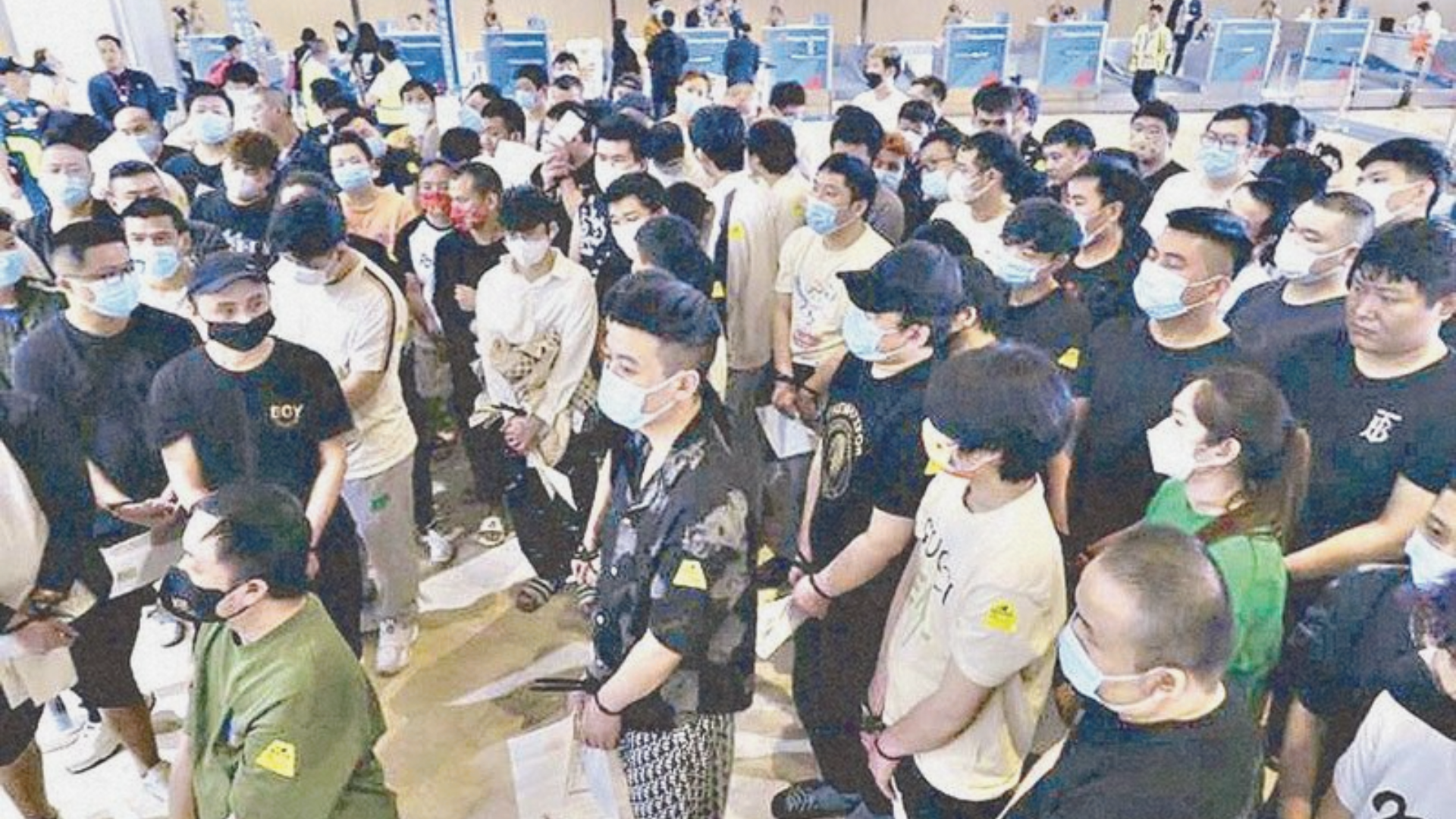As urban crime rates escalate across the Philippines, the government is ramping up its efforts to enhance public safety and restore confidence in the security of its cities. Recent reports have highlighted a concerning rise in violent crime, prompting the Philippine National Police (PNP) to take decisive action. In response to these challenges, the PNP has significantly increased its presence in high-risk areas by deploying additional officers and boosting patrols, particularly at night when crime rates spike.
The PNP is rolling out specialized initiatives to address public safety concerns, including dedicated patrols and dispatch vehicles for commuters in areas known for high crime rates. This strategy is designed to enhance public transportation safety and provide a visible deterrent to potential offenders. By focusing on these vulnerable areas, the PNP aims to reassure the public and encourage more people to use public transport without fear of becoming victims of crime.
Furthermore, local police forces are collaborating with community leaders to implement neighborhood watch programs and safety awareness campaigns. These community-based initiatives are intended to foster a sense of collective responsibility and empower residents to play an active role in maintaining neighborhood safety. Through these programs, the police hope to build stronger partnerships with local communities and enhance the overall effectiveness of their crime prevention strategies.
However, despite these increased security measures, critics argue that addressing the root causes of crime is essential for achieving long-term improvements in public safety. Issues such as poverty, unemployment, and lack of access to education are seen as underlying factors that contribute to criminal behavior. Many believe that without tackling these fundamental problems, the effectiveness of the government’s current strategies may be limited.
As the government continues to implement and refine its public safety measures, the effectiveness of these strategies will be closely monitored. The challenge lies in managing immediate security concerns and addressing the deeper socio-economic issues that drive crime. The success of these efforts will be pivotal in determining the future landscape of public safety in the Philippines.






